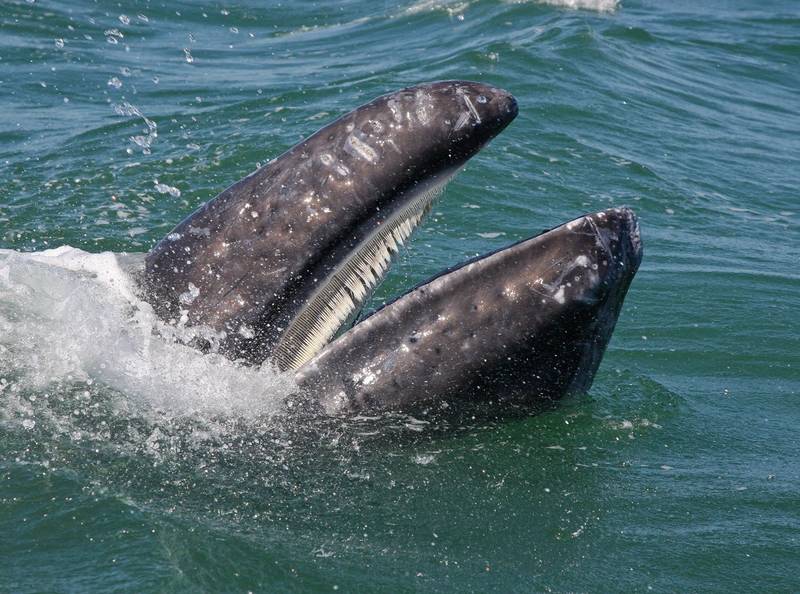The Bureau of Ocean Energy Management (BOEM) has established the Partnership for an Offshore Wind Energy Regional Observation Network (POWERON).
The public-private partnership between BOEM and offshore wind lessees is designed to maximize the quality and consistency of scientific data collected in lease areas while conserving and optimizing resources.
The partnership is the latest way that the Biden-Harris administration is harnessing technology to responsibly advance offshore wind development in a way that protects biodiversity.
The POWERON initiative expands BOEM’s recently established Passive Acoustic Monitoring Network in the Atlantic Ocean, which the bureau launched with $5.8 million of funding from the Inflation Reduction Act, to study the potential impacts of offshore wind facility operations on baleen whales.
“Because the construction and operation of offshore wind facilities will occur within protected species habitats, having a robust monitoring program is critical for understanding the potential impacts offshore wind development might have on these species,” said Dr. Jill Lewandowski, Chief of BOEM’s Division of Environmental Assessment and Director of BOEM’s Center for Marine Acoustics. “One effective method for long-term monitoring is passive acoustics, because it allows us to track vocalizing species and changes to marine soundscapes.”
BOEM requires offshore wind lessees to conduct long-term passive acoustic monitoring (PAM) on their lease areas to measure sound levels and monitor for the presence of vocalizing marine species like whales and dolphins. With this new program, lessees can make annual contributions to POWERON to have their long-term PAM requirements fulfilled by an approved third party.
Conducting monitoring through POWERON has multiple benefits, including:
Data consistency – Research will use similar instrument types, consistent calibration, and standard methods for data processing, which will lead to more robust results.
Conserving/optimizing resources – POWERON can pool resources among partners, such as refurbishing instruments on neighboring lease areas on the same expedition to save on the costs of vessel time.
Comprehensive data sets – Data collected from different locations and across multiple areas will be processed together to tell a more complete story about the presence, behavior and movements of whales through these areas.
Annual POWERON contributions will cover the cost of instrumentation, vessel time, data processing and analysis conducted by authorized third parties. Contributions will also cover the costs of archiving data at a public passive acoustic data repository hosted by the National Centers for Environmental Information.
BOEM has an interagency agreement with the National Oceanic and Atmospheric Administration’s Northeast Fisheries Science Center to conduct PAM in the Atlantic Ocean off southern New England. In addition, BOEM recently signed a contract with the Regional Wildlife Science Collaborative to conduct other POWERON monitoring along the eastern seaboard.
To date, three offshore wind energy projects have opted-in to POWERON: Revolution Wind and South Fork Wind (both Ørsted projects), and Coastal Virginia Offshore Wind (a Dominion Energy project).

